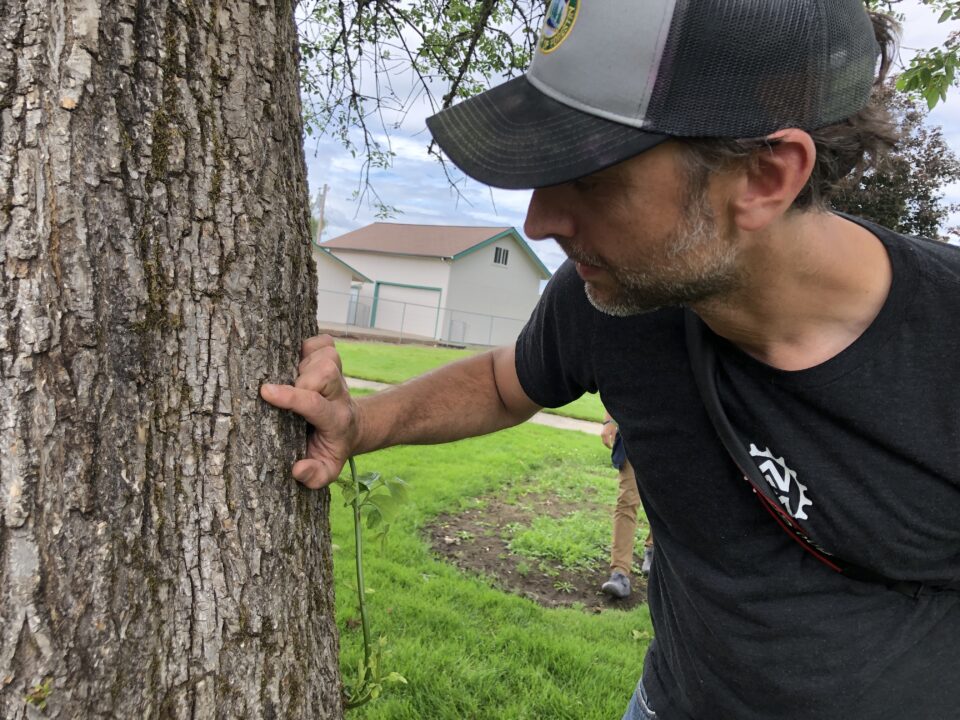WHAT: The soil and water conservation districts for the counties of Yamhill, Marion, and Clackamas will host a workshop this week to educate natural resource specialists and land managers about emerald ash borer, (EAB), an exotic beetle that infests and kills ash and olive trees. The pest was discovered last summer in ash trees in the three counties. The workshops are organized by the Oregon Dept. of Forestry in collaboration with instructors from Tualatin Soil and Water Conservation District (Maura Olivos), Clean Water Services (Robert Emanuel), and Tualatin Hills Parks and Recreation District (Scott Wagner).
WHEN: Thursday, March 13 at 1 p.m. (a classroom portion of the workshop will be from 9 a.m. to noon in the City of Woodburn Library, 280 Garfield Street).
WHERE: outdoors in Wyffels Park, Woodburn – intersection of Gatch and E. Lincoln streets
DIRECTIONS: https://www.woodburn-or.gov/parks/page/wyffels-park
VISUALS: A number of ash trees in Marion and Clackamas counties are believed to be infested with EAB. At least one ash tree in Wyffels Park has been confirmed as being infested and is scheduled for removal later in March before EAB larvae inside it emerge as adults. Instructors will point out the tell-tale signs to look for on the tree that show it has been infested by EAB.
INTERVIEWS/AUDIO: Interviews during the afternoon with ODF’s EAB specialists Kat Bethea and Matt Mills and other instructors who can answer questions about this pest, how to recognize if an ash tree is infested, what land managers should be doing to prepare, and what options they have for preventive treatment or removal, as well as suggested replacements for trees lost to EAB. Audio of their talking to workshop attendees about what to look for in the tree to tell it has been infested by EAB.
BACKGROUND: Since it was first found in Michigan two decades ago, EAB has become the most destructive forest pest ever seen in North America. Where they spread, EAB larvae eventually kill almost all ash trees by feeding on the living tissues under the bark. Oregon ash and all other American and European ash species are susceptible.
EAB was found in Forest Grove in Washington County in June 2022, making Oregon the first state on the West Coast to report an infestation. Since then it has been found in at least three other counties in the Willamette Valley, including Yamhill, Marion and Clackamas.
QUOTE: “This pest is very destructive. Natural resource specialists and land managers should know what to look for and what to do if they find it, which is exactly what the workshop will teach,” says ODF EAB Specialist Kat Bethea.
Their colleague at ODF’s Urban and Community Forestry Program, Matt Mills, says one immediate step cities should be taking is to stop planting ash and olive trees and if they haven’t already to remove them from their list of approved street and yard trees. The second is to make sure City staff who work with trees know how to identify an ash or olive tree.
WHERE TO SEND THE PUBLIC FOR MORE INFORMATION ABOUT EAB:
The Oregon Invasive Species Council statewide EAB web site at www.oregoneab.com
# # #









